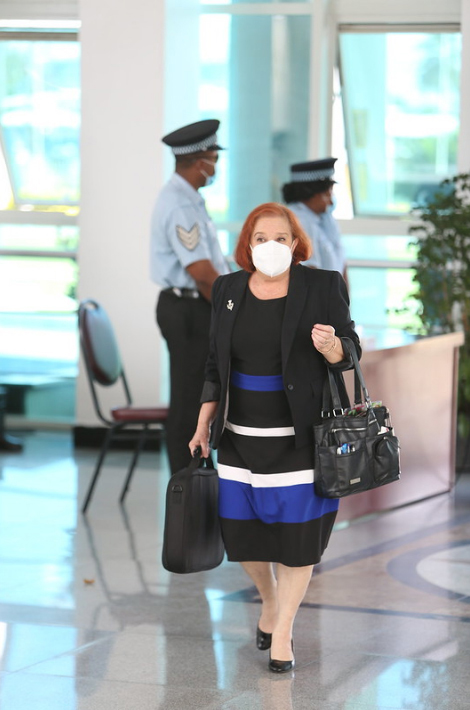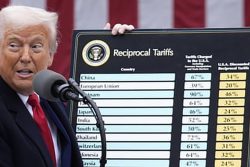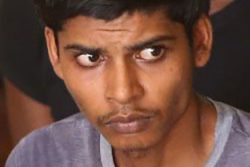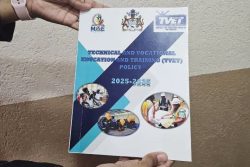Pro-Poor Policies
The word “poor” was used two times and the word “poverty” once in the 2020 Budget while in the last (2019) Budget Speech of the Coalition Government the word “poverty” was used five times. Yet, as the COVID -19 Pandemic takes its toll on Guyana, the scale and incidence of poverty is being painfully exposed with large swathes of the population being out of a job and relying on charity and hampers. Guyana is not alone in this regard and shares with many countries the phenomenon of the working poor in both urban and rural areas, of unequal pay for the same work whether across gender or private versus public sector, of the harsh life of the handicapped and the hinterland residents. Poverty in Guyana which goes back to slavery and indentureship and to the colonial days was cruelly exacerbated by policies imposed during the Burnham era and later by recovery measures. Those measures it will be recalled were part of the IMF directed Economic Recovery Programme introduced by Hoyte in 1991 and continued by successive administrations since then.
Indeed, even after Guyana exited the IMF austerity programme around 2007, the PPP/C continued the policies underpinning that programme. Countries across the world had adopted similar programmes despite the bad rap received by the World Bank and the IMF for their insistence on such programmes across the developing world and Eastern European States. It is not that these agencies were unaware of the consequences on the poor of their prescriptive measures but they felt that the benefits of liberalisation would trickle down to the poor. Accordingly, they supported accompanying programmes to cushion the harsh consequences of their prescription, such as higher unemployment and rising real estate prices. We do recall terms like safety-net, Basic Needs Trust Fund, Social Impact Amelioration Programme and Poverty Reduction Strategy Paper, the last of which was for the period 2011 – 2015. It appears that programme was derailed by the AFC 2014 No Confidence Motion and the 2015 elections.
Using conventional yardsticks, the conclusion was that in the first decade of this century Guyana moved from a least developed country to a low middle income country. A report on the LCDS published in July 2011 described that “promotion” as implying a rise in standards of living, suggesting a necessary correlation between blunt macro statistics, human development and poverty reduction. Anecdotal evidence is that unemployment continues to be high as the country’s national minimum wage is considered inadequate to attract persons into the labour force. Under relentless calls for lower and lower taxes by the private sector, the tax mix has moved inexorably towards indirect taxes which are borne disproportionately by the poor.
Showing that Guyana’s two major parties could not even agree on matters dealing with the welfare of the poor, the PRSP was abruptly discontinued and thereafter the Coalition introduced its Green State Development Strategy and its famous slogan “the Good Life”. And even as the Coalition Government was fighting for its survival, former President David Granger was launching the Decade of Development which now seems destined for the National Archives.
Against this background, Guyana has some communities of which no country, let alone governments which assert their embrace of the poor – not always for altruistic purposes – can be proud. Across the country communities like Albouystown, Bare Root, Plastic City and Vive La Force cry out for rehabilitation and redevelopment. Too many of their residents have only the barest of accommodation to sleep at nights, wake up in the morning with little hope and struggle during the day to put food on the table or to send their children to school.
That poverty persists despite significant expenditure in the critical social areas of education, health and housing can only be partly attributed to inefficiencies in the delivery systems, whether under the PPP/C or the APNU+AFC. Something is systemically wrong. These expenditures were being incurred simultaneously as regressive taxes borne disproportionately by the poor have neutralised if not negatived the benefits. As governments pander to certain classes in the private sector which do not hesitate to sell their political loyalties, the income and wealth gap continues to widen while those at the bottom feel alienated and hopeless, a consideration often ignored by politicians.
Poverty needs to be recognised for what it is and does: it has both a physical as well as a psychological effect. While hampers and hand-outs are absolutely necessary as short-term measures, they can be counterproductive in the long-term, creating a dependency syndrome that does nothing for the confidence and aspirations of those they seek to help. As one development economist noted:
“To understand [the] path out of poverty, we have to focus not only on the growth of opportunity but also on … internal constraint[s] on aspirations and behaviour … that limit poor people’s ability to participate.”
There is no doubt that the PPP/C Administration has an understanding of poverty and considerable experience of dealing with it. Surprisingly however, Budget 2020, by its own admission seems to reflect a different philosophy and while it may be harsh to describe it as “trickle-down economics”, there does not seem to be much in the way of progressive economics. The poor need more than hand-outs. They need action that raise their hopes and aspirations, they need to believe in their soul that they are part of a grand plan. There are some distinctive measures in the Budget that help the poor but these are not financed by additional tax revenues which should be the case if the objective is to narrow the poverty gap. As the Financial Plan of the Government shows the measures are financed partly by a massive expansion of the deficit.
Ram & McRae had to go back decades when Peter D’Aguiar was Finance Minister to find the kind of paean to the private sector as this 2020 Budget does.










